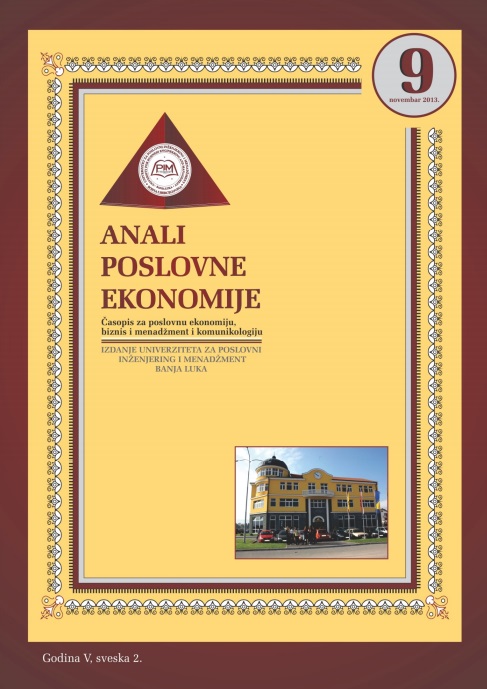IMMIGRATION POLICY OF THE EUROPEAN UNION
DOI:
https://doi.org/10.7251/APE0913217CAbstract
Immigration to European Union (hereinafter referred to as the ‘EU’) as a realityand a need of refreshing its ageing population has made the EU to recently adoptsome important documents. Traditionally, European countries seem to be more closedtowards the immigration comparing to United States of America and Canada whichenabled the entry of new population even through various lotteries. However, EU didrecognize the need for import of experts from various areas. Thus the Council hasadopted the EU Blue Card Directive for highly skilled workers (Directive2009/50/EC). Still, having in mind the legal power of a EU Directive, the membercountries are given the power to adopt their immigration policies. This paper analysesthe regulations on immigration enacted by the EU and the implementation of suchregulations at the level of member countries. Although the EU does regulate theimmigration policy, it is up to the member states to deal with particular cases. In thatrespect the paper shall also address the issues of immigration which violated theEuropean Convention on Human Rights and Fundamental Freedoms by analyzing thekey judgments of the European Court for Human Rights in Strasbourg. The issue ofresidence v. citizenship as the grounds of immigration shall also be explained. Theshort overview of inter migration in the EU, is presented for the purposes ofcomparison. The paper is based on a hypothesis that immigration policies in membercountries still lack some consistency in the implementation of EU regulations, andtherefore reveal weaknesses of the EU immigration policy. Method used in this paperis normative analysis, method of induction and deduction, comparative method andcase study.Downloads
Published
2016-12-15
Issue
Section
Чланци

